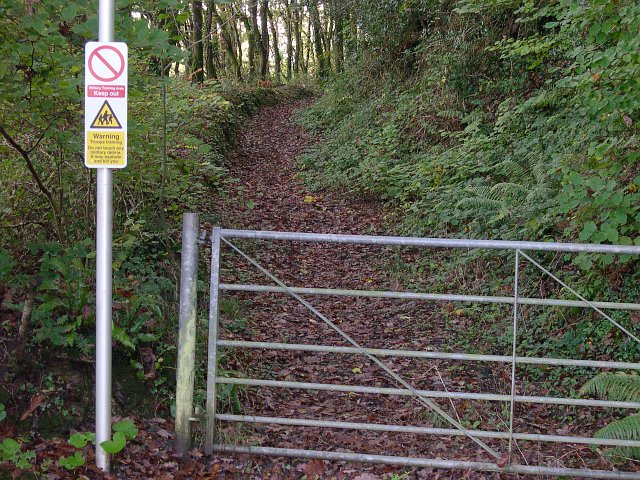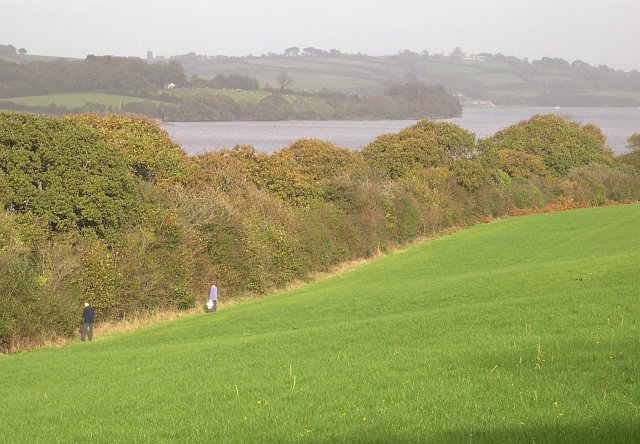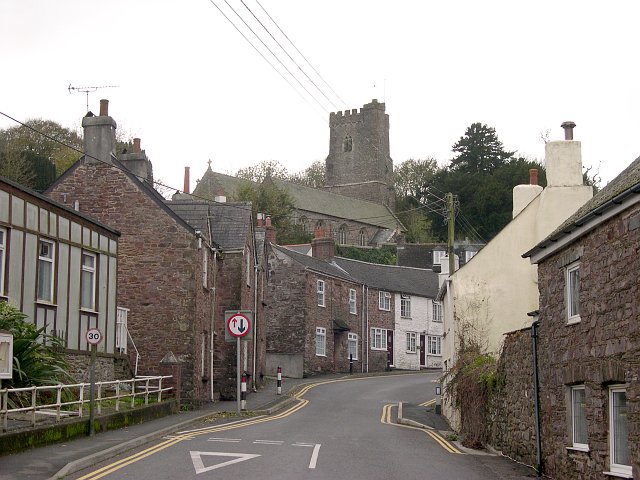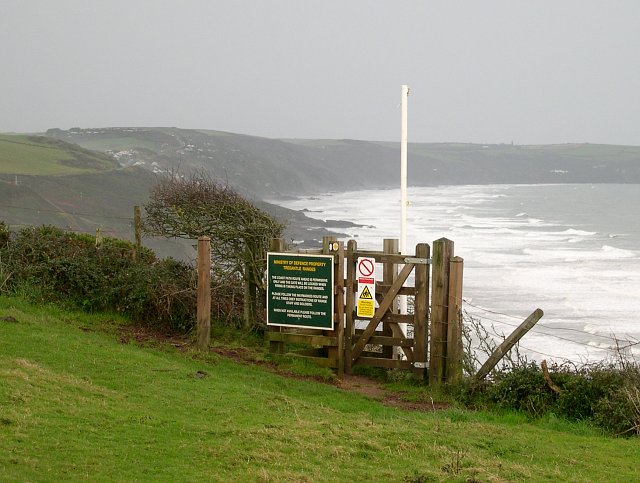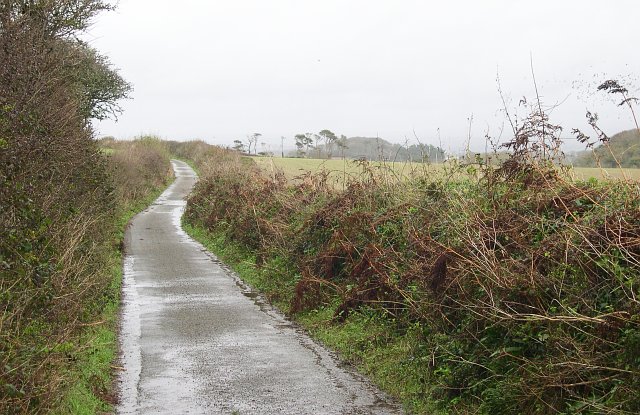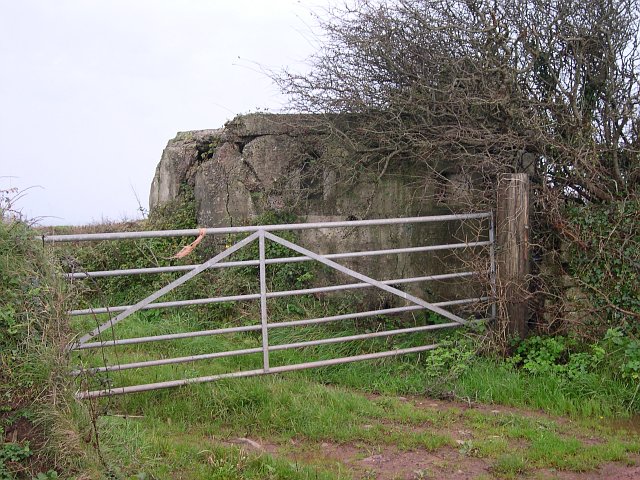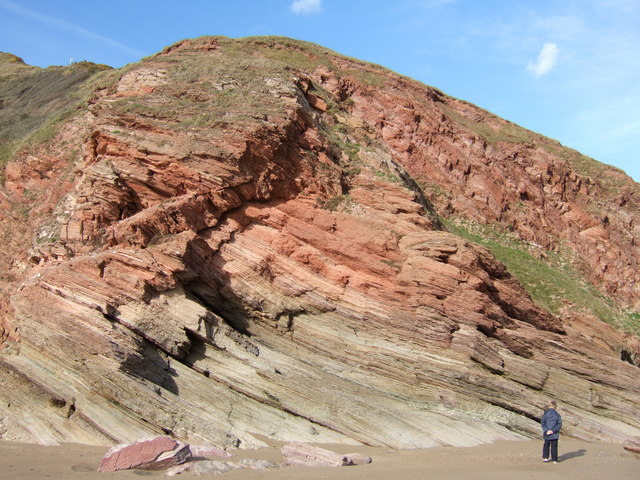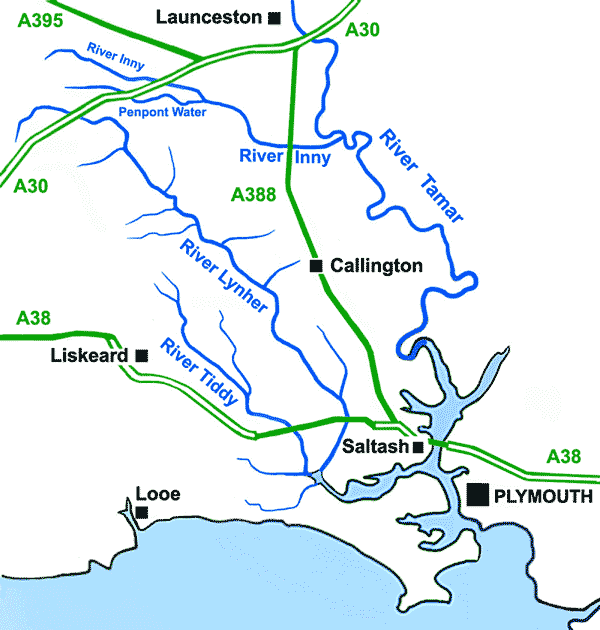Baggmill Plantation
Wood, Forest in Cornwall
England
Baggmill Plantation
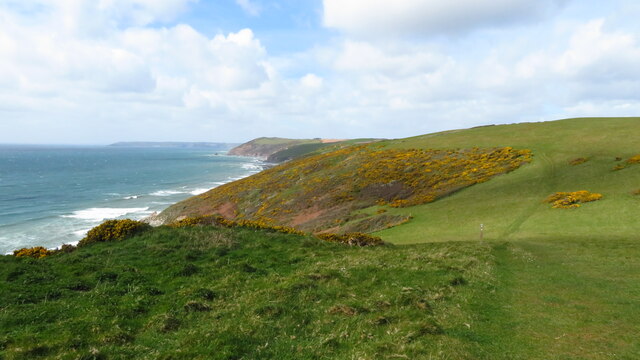
Baggmill Plantation is a picturesque woodland located in Cornwall, England. Situated near the village of Baggmill, the plantation spans over 200 acres of lush greenery and is a haven for nature enthusiasts and outdoor adventurers alike.
The woodland is predominantly composed of a variety of tree species, including oak, beech, and ash, creating a diverse and vibrant ecosystem. These towering trees provide a dense canopy, casting dappled sunlight onto the forest floor below. A multitude of native plants and wildflowers, such as bluebells and primroses, add bursts of color to the landscape during the spring and summer months.
The plantation is crisscrossed with numerous walking trails, allowing visitors to explore its beauty at their own pace. These paths wind through the woodland, offering glimpses of charming streams, babbling brooks, and small ponds that are home to an array of aquatic life. Birdwatchers will be delighted by the abundant bird species that call Baggmill Plantation their home, including woodpeckers, nuthatches, and various species of owls.
In addition to its natural beauty, Baggmill Plantation also has a rich history. The site was originally part of an ancient royal hunting forest, dating back to medieval times. Today, remnants of its past can still be seen in the form of old stone walls and the occasional ancient oak tree.
Baggmill Plantation provides a tranquil and idyllic escape from the hustle and bustle of everyday life. Whether visitors choose to explore its trails, have a picnic by the serene ponds, or simply enjoy the peaceful ambiance, this woodland is a true gem in the heart of Cornwall.
If you have any feedback on the listing, please let us know in the comments section below.
Baggmill Plantation Images
Images are sourced within 2km of 50.369753/-4.2811123 or Grid Reference SX3754. Thanks to Geograph Open Source API. All images are credited.
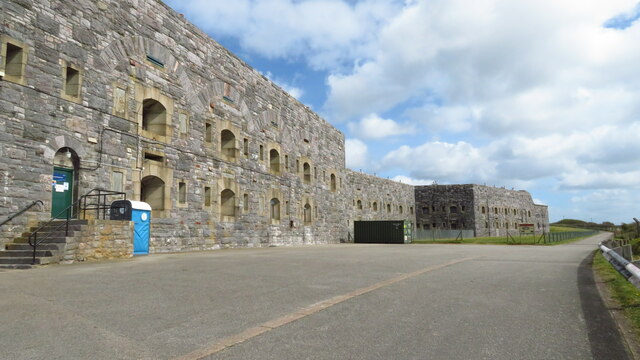
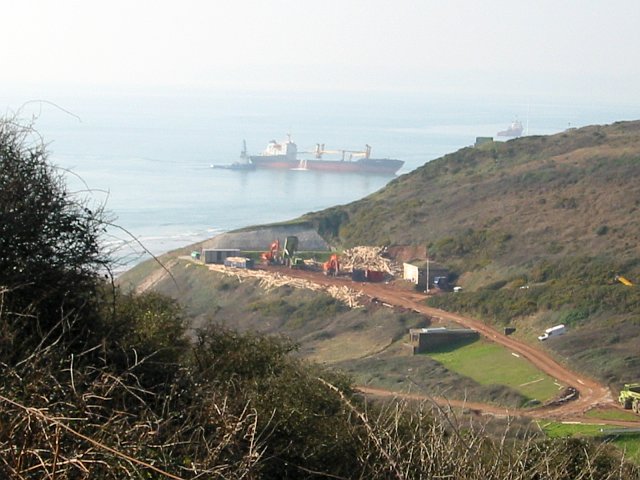
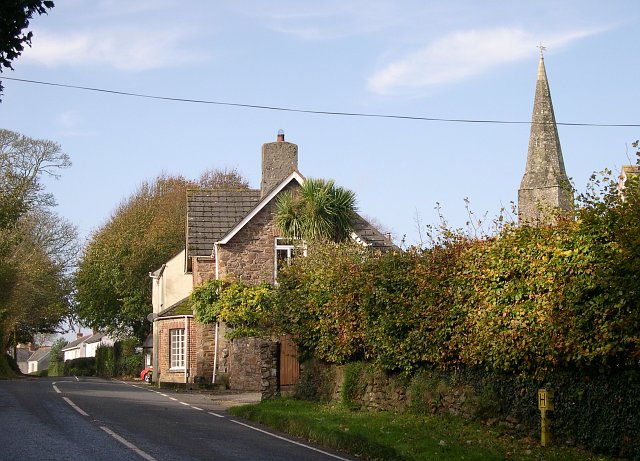
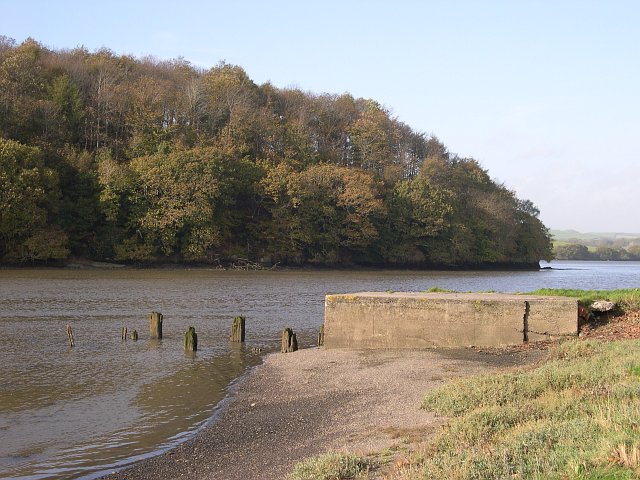
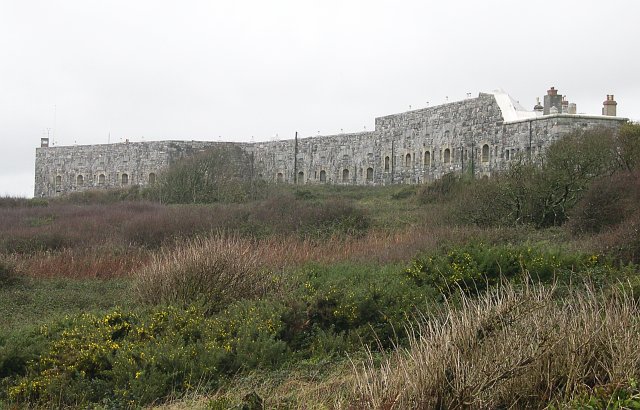
Baggmill Plantation is located at Grid Ref: SX3754 (Lat: 50.369753, Lng: -4.2811123)
Unitary Authority: Cornwall
Police Authority: Devon and Cornwall
What 3 Words
///blaring.glassware.channel. Near Millbrook, Cornwall
Related Wikis
Sheviock
Sheviock (Cornish: Seviek, meaning strawberry bed) is a coastal civil parish and a hamlet in south-east Cornwall, England, United Kingdom. The parish is...
Scraesdon Fort
Scraesdon Fort, near the village of Antony, is one of several forts in South East Cornwall which formed part of the ring of forts surrounding Plymouth...
Crafthole
Crafthole is a village in the parish of Sheviock, in southeast Cornwall, England, UK. The village has a pub (Finnygook Inn), Post Office, shop, Methodist...
River Lynher
The River Lynher (Cornish: Linar) (or St Germans River downstream from its confluence with the Tiddy) flows through east Cornwall, England, and enters...
Nearby Amenities
Located within 500m of 50.369753,-4.2811123Have you been to Baggmill Plantation?
Leave your review of Baggmill Plantation below (or comments, questions and feedback).



